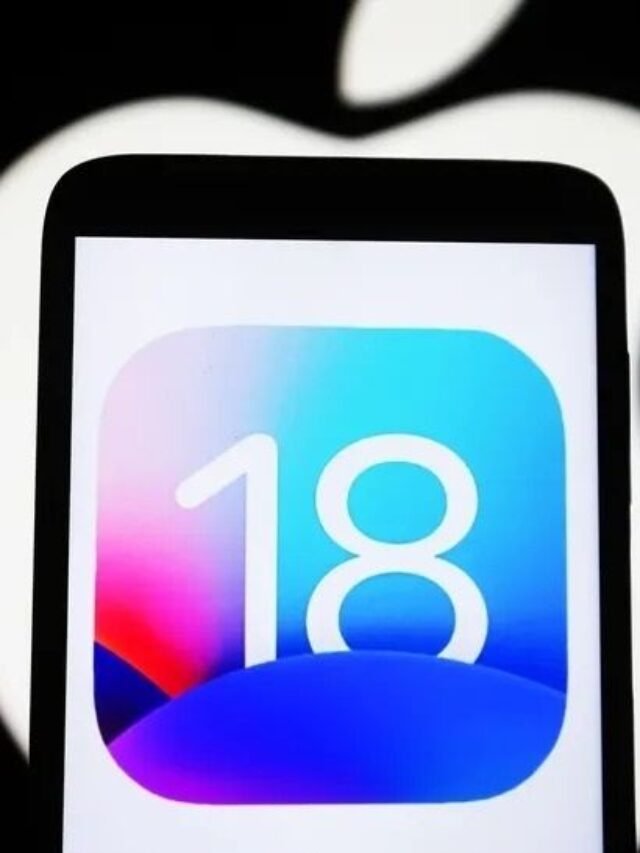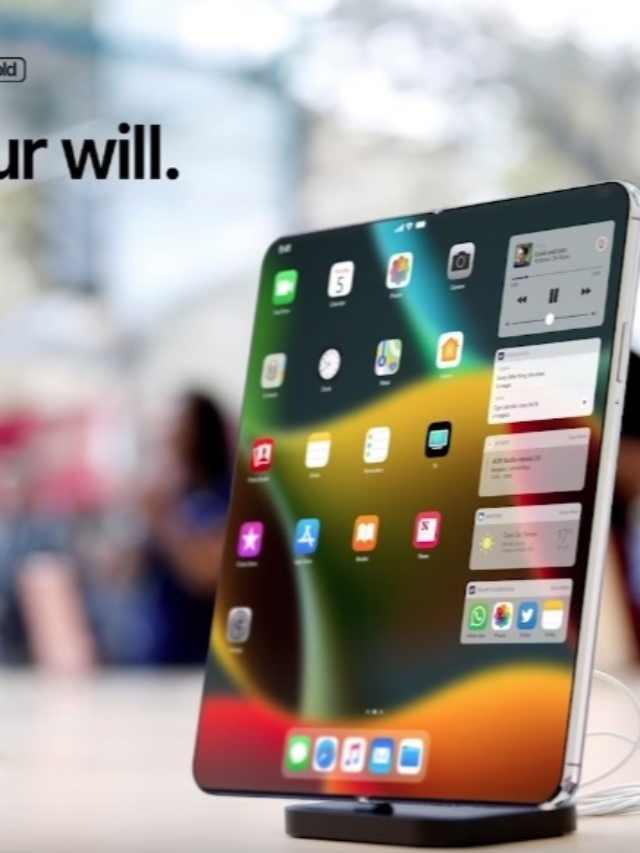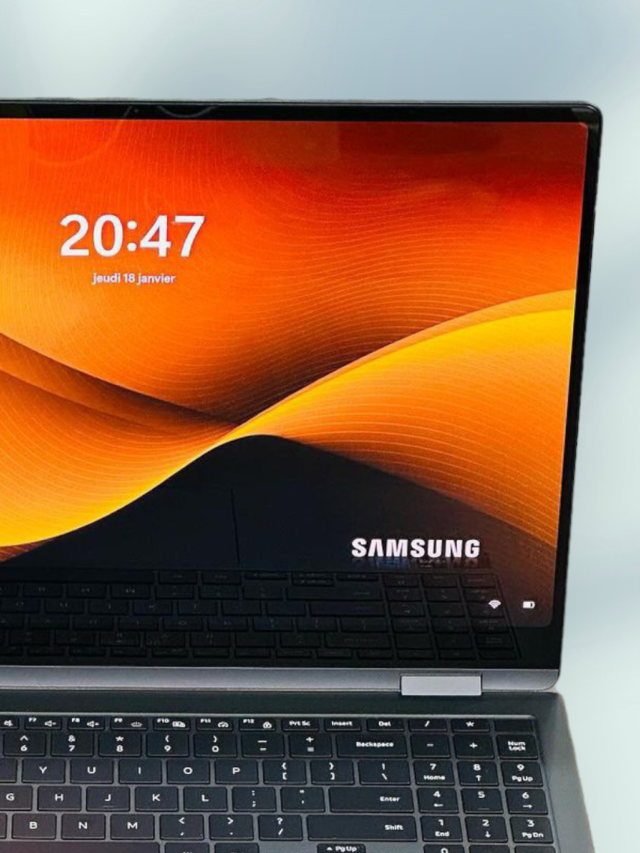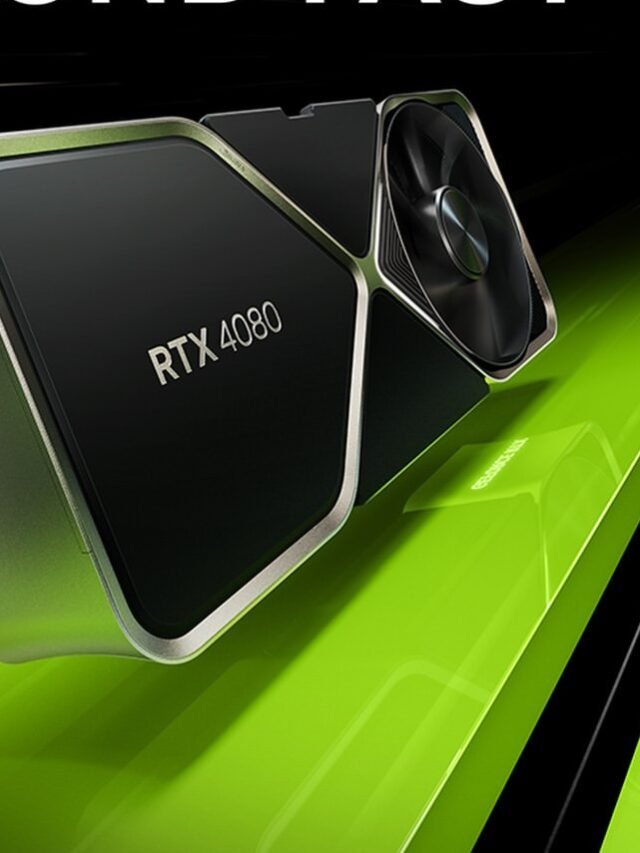Factory reset MacBook Pro without password Do you remember your password? Just restart and hold down “Command” and “R” while it boots up. Then, choose the “Erase All Content and Settings” option. It’s like saying “bye-bye!” to everything with one click.


Here is how you can factory reset a MacBook Pro without requiring an Apple ID or password:
- Turn off your MacBook Pro completely.
- Restart your MacBook Pro and immediately press and hold the Command (⌘) + R keys. Keep holding them until you see the Apple logo or boot options on your screen.
- After a few moments, you should enter macOS Utilities or Recovery Mode. Select “Disk Utility” then continue.
- Select your main internal hard drive volume from the left-side list. It is typically named “Macintosh HD.”.
- Click the “Erase” button.
- Give the hard drive volume a name (Macintosh HD is fine). Set the format to APFS or Mac OS Extended (Journaled). Click “Erase” to confirm.
- Quit Disk Utility when done erasing the drive.
- Select “Reinstall macOS” from the main Utilities window. Follow the prompts to reinstall the Mac operating system, without needing to enter Apple ID details or other account info.
Here are some additional tips for resetting a MacBook Pro to factory settings without a password:
Factory reset MacBook Pro Use Target Disk Mode
You can also factory reset by starting up your MacBook Pro in Target Disk Mode and connecting it to another Mac. To do this:
- Power off the MacBook Pro you want to erase
- Hold down the T key as you power it back on
- Use a Thunderbolt or FireWire cable to connect the MacBook Pro to another Mac
- On the connected Mac, open Disk Utility and select the MacBook Pro drive
- Erase the drive using the steps above
Erase from the Finder
If you’re able to login to your Mac, you can also erase from the Finder:
- Click the Apple menu and select “Restart…”
- Immediately press and hold Command + R until the utilities window appears
- Select Disk Utility and erase the drive as explained above
- Quit Disk Utility, return to the main menu and select “Restart”
Use Terminal to Erase
You can also use Terminal to erase the disk if you can get shell access:
- Type
diskutil listto get disk identifiers - Run
diskutil eraseDisk JHFS+ "Macintosh HD" diskX(replace X with disk ID) - Type
rebootto restart when complete
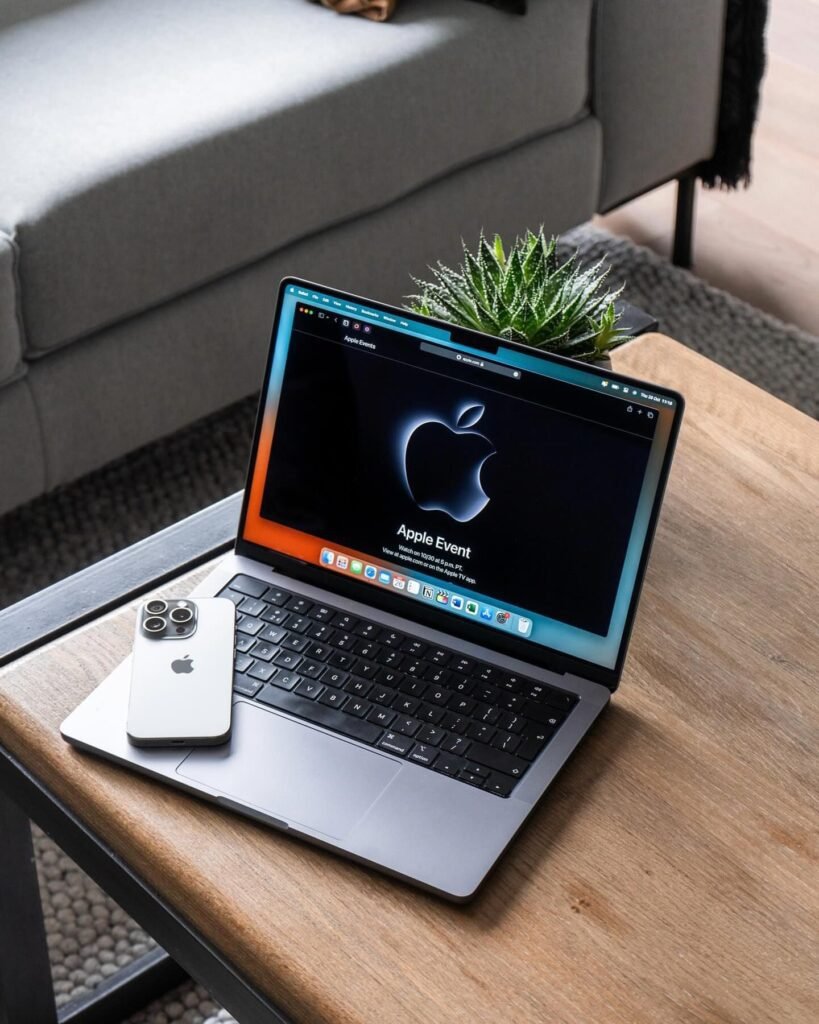

Erase Using Single User Mode
You can boot into single user mode to gain root access without needing the login password:
- Restart your MacBook Pro and immediately press and hold Command + S
- Wait for white text on a black background to appear
- Type
/sbin/mount -uw /to mount the filesystem as writeable - Run
rm /var/db/.AppleSetupDoneto delete the setup marker file - Enter
rebootto restart - This will launch Setup Assistant, allowing you to erase and reinstall macOS
Factory reset MacBook Pro Wipe the Drive Using Diskpart
If you boot to Windows or another OS, you can use diskpart to fully wipe the drive:
- Boot to Windows or an OS with diskpart
- Open a diskpart prompt
- Enter
list diskto show disks - Select the MacBook Pro disk with
select disk X - Clean it by running
clean - You can then install macOS fresh from recovery mode
Internet Recovery
You can also erase and reinstall over the internet:
- Boot to recovery mode (Command + R at startup)
- Connect to WiFi if prompted
- Go to Disk Utility and erase the drive
- Quit Disk Utility and reinstall macOS over the internet
Use a Bootable macOS USB Installer
- Create a bootable USB installer for the version of macOS your Mac came with
- Boot from the USB drive by holding Option at startup and selecting the drive
- Open Disk Utility from the Utilities menu and erase your Mac’s internal drive
- Quit Disk Utility and reinstall macOS fresh from the USB installer
Remove the SSD and Connect Externally
- Power off your MacBook Pro and remove the SSD
- Connect the SSD externally to another Mac using a USB enclosure or adapter
- On the second Mac, open Disk Utility and select the external SSD
- Click Erase to reformat the drive, then reinstall it into your MacBook Pro
- Boot to recovery mode and reinstall macOS
Erase NVRAM to Reset Settings
- Shut down your MacBook Pro
- Power it back on and immediately press Command + Option + P + R
- Hold the keys down until you hear the startup chime a second time
- This resets NVRAM/PRAM to default settings prior to macOS installation
Use target disk mode with Another Mac
- Start up your MacBook Pro, quickly holding T at boot
- Use a Thunderbolt cable to connect your MacBook Pro to another Mac
- The other Mac will mount your MacBook Pro drive as an external
- Use Disk Utility on the second Mac to erase your MacBook Pro’s drive
- Disconnect the target disk mode cable and restart
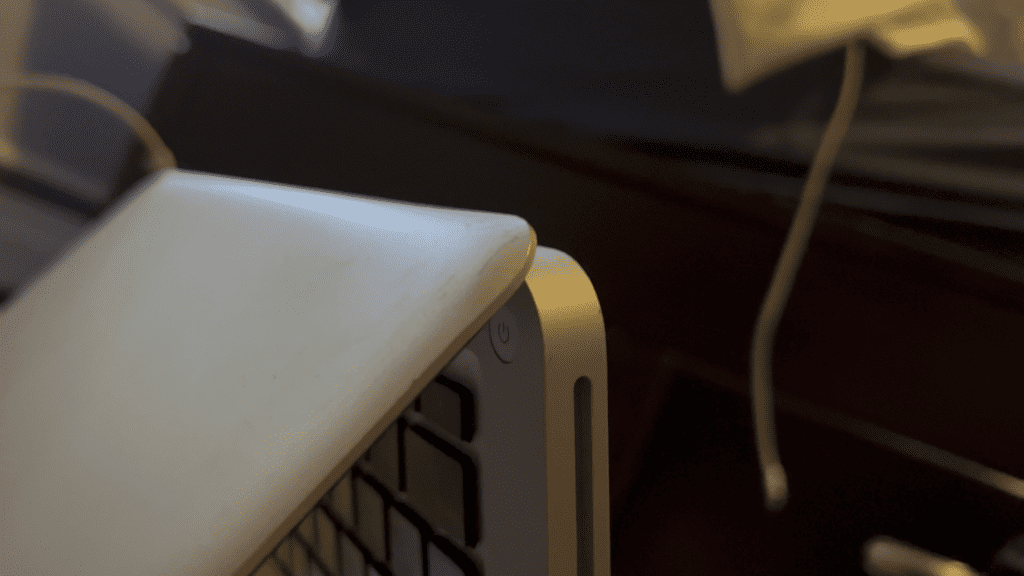

Detailed steps for completely resetting a MacBook Pro to factory default settings without needing an Apple ID, password, or using the built-in recovery options:
Create a Bootable macOS Installer Drive
- On another Mac, download the macOS installer for the version that came with your MacBook Pro from the App Store
- Connect a 16GB or larger USB thumb drive
- Launch Disk Utility and erase the thumb drive, formatting it as “Mac OS Extended”
- Quit Disk Utility and launch the Terminal app
- Type
sudo /Applications/Install\ macOS\ [version].app/Contents/Resources/createinstallmedia --volume /Volumes/[drive name]replacing in brackets with the correct macOS installer name and USB drive name - Allow the installer to run—this will create a bootable install drive
Boot to the Install Drive and Wipe the Internal SSD
- Connect the bootable install drive and turn on your MacBook Pro, immediately holding the Option key
- Select the install drive from the boot manager
- Once booted to the drive, launch Disk Utility
- Click “View” and “Show All Devices”
- Select the top-level internal SSD disk
- Click Erase in the toolbar and choose a name and format
- Quit Disk Utility once the SSD is erased
Factory reset MacBook Pro Reinstall macOS Clean
- From the Utilities menu, select Reinstall macOS
- Follow the prompts to reinstall macOS and setup a new account
- The system will be reset to factory default settings
This process allows you to completely wipe, reset, and reinstall macOS without needing the password, recovery partition, internet access, or any other authentication. Let me know if any part needs more clarification!Copy


Here are some additional advanced tips for resetting the factory-reset MacBook Pro default settings without a password:
Boot to macOS Internet Recovery
Internet Recovery allows you to erase and reinstall macOS over the internet, without needing local recovery partitions or boot drives.
- Turn on your Mac and immediately hold down Option-Command-R
- This will boot directly to Apple’s servers into a limited recovery mode
- Connect to wifi if prompted
- Use Disk Utility to fully erase the drive
- Quit Disk Utility and select Reinstall macOS to download and clean install the OS
Remove and Reset SMC and NVRAM
The System Management Controller (SMC) can cache old data and settings. Resetting it can resolve issues.
- Shut down your MacBook Pro
- Press left shift-control-option on the left side of keyboard and power button at the same time
- Let go after 10 seconds and restart normally
You can reset NVRAM similarly:
- Shut down MacBook Pro
- Hold down option-command-P-R during boot up
- Keep holding through the 2nd boot chime
Securely Wipe Data
To fully delete data before erasing the drive:
- Boot to Single User Mode (Command-S at startup)
- Run
diskutil secureErase freespace LEVEL: 1 / - Choose LEVEL: 0 for fast or LEVEL: 4 for most secure (takes longer)


Use a Custom RAM Disk to Wipe the Drive
- Boot to Single User Mode (Command-S at startup)
- Type
hdid -nomount ram://[size]to create a RAM disk for temporary storage (e.g.hdid -nomount ram://8192) - Run
newfs_hfs /dev/rdiskXto format RAM disk as HFS+ - Mount RAM disk using
sdisk /dev/rdiskX - Use
ddcommand to copy zeros over entire system drive to wipe contents (e.g.dd if=/dev/zero of=/dev/rdiskY bs=1m) - Reboot to internet recovery after drive wiped to reinstall OS
Remove the drive and connect to another Mac
- Fully shut down and disconnect battery
- Remove SSD from MacBook Pro
- Connect SSD externally to another Mac using SATA adapter
- Use Disk Utility on second Mac to securely erase SSD
- Reinstall wiped drive into original MacBook Pro
- Boot to internet recovery to reinstall macOS
Boot to Linux Live USB and Use DD
- Create bootable Linux USB drive
- Boot MacBook Pro from USB drive
- Use Linux
ddcommand to overwrite system drive with zeros - You can also use
shredtool for multiple-pass overwrite - Reboot afterwards into Recovery HD to reinstall macOS
Here are some additional methods for resetting a MacBook Pro to factory default settings without a password, with titles and focus keywords:
Complete Guide to Erasing your MacBook Pro Without Passwords
Follow this complete step-by-step guide to fully erase and reset your MacBook Pro when you no longer have the password or recovery options.
Using Target Disk Mode to Reset a MacBook Pro
Utilize Target Disk Mode and another Mac to easily erase and reset your MacBook Pro to default factory settings.
Bootable USB Method to Wipe a MacBook Pro System Drive
Learn how to leverage a bootable USB drive to bypass passwords and recovery partitions to fully erase your MacBook Pro.
External SSD Technique for Resetting Forgotten Passwords
By removing the SSD from a locked-out MacBook Pro and connecting it externally to another Mac, you can format and reset the drive, allowing you to set up the laptop like new again.
Linux Live Boot Option for Securely Erasing a MacBook Pro
Boot your MacBook Pro into a Linux environment from USB to gain access powerful SSD erasure tools for properly wiping all data.



